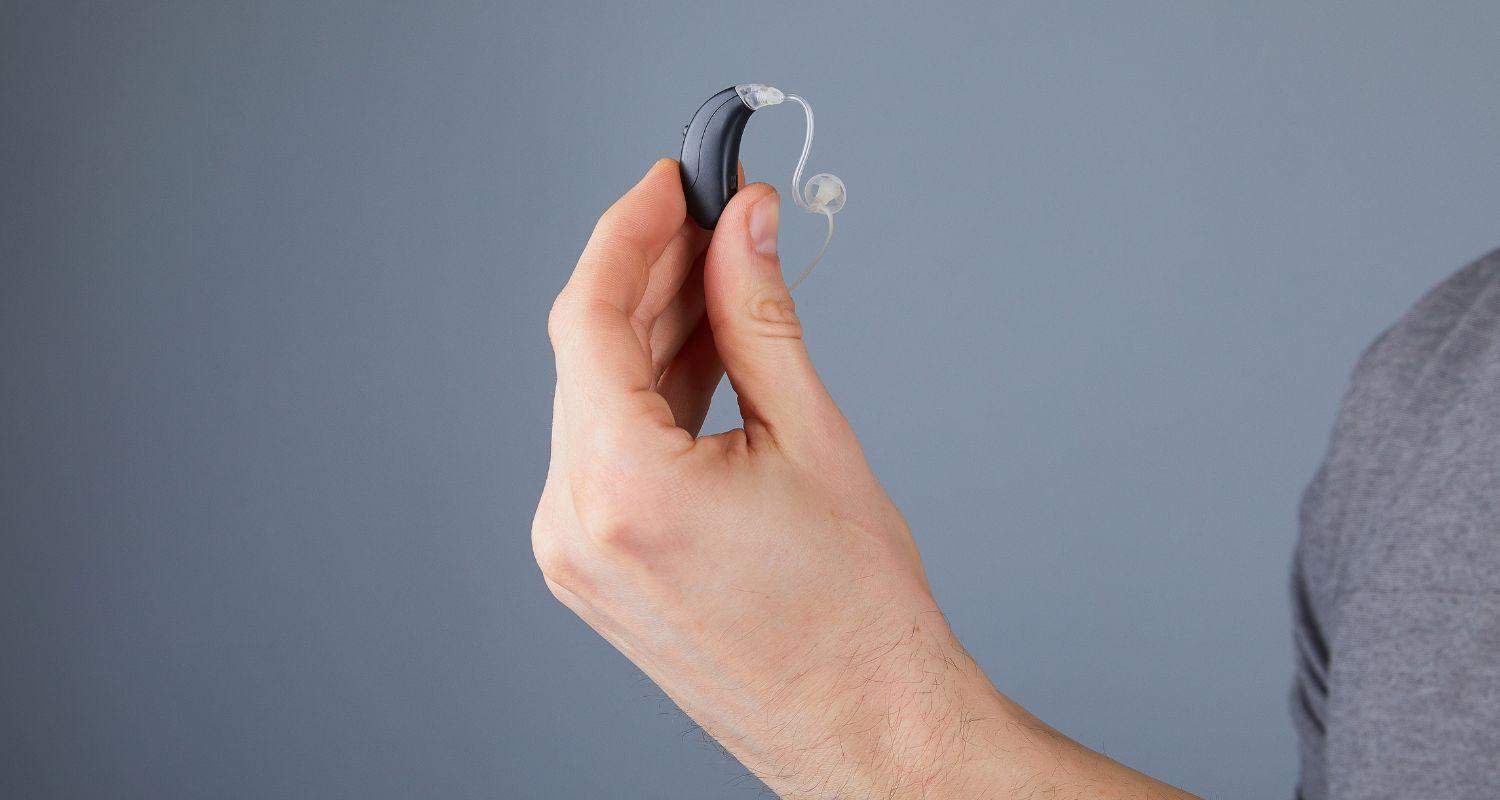
- Common Fears About Hearing Tests - May 28, 2025
- Best Hearing Aids for Active Lifestyles - May 16, 2025
- A Guide to Different Hearing Aid Styles - May 6, 2025
We rely on our sense of hearing to navigate everyday life. Hearing is not only essential for communication but also safety. Hearing the various sounds in your environment increases spatial awareness which is critical for maintaining safety. When hearing is impaired it has multifaceted effects that can take a toll on health and wellness. Fortuenayl, hearing aids offer an effective hearing solution. Hearing aids are electronic devices that provide the ears and brain with ample support, increasing hearing capacity. These instruments allow people to navigate with greater ease, safety, and confidence. Understanding how hearing aids work is a useful way to know more about the hearing options available to you.
Hearing Aid Components
Hearing aids are savvy pieces of technology that are designed to absorb, amplify, adn process sound. All hearing aids contain the following components:
- Microphone: absorbs sound waves from the environment and converts them to an electrical current. This current then gets sent to the hearing aid’s amplifier.
- Amplifier: increases, or amplifies, the power of the current before sending it to the speaker.
- Speaker: also known as the receiver, the speaker helps send the amplified current to the inner ear. The inner ear is then able to further process sound before sending the signal to the brain.
All hearing aids also have a power source. Hearing aids are either powered by disposable batteries or a rechargeable battery which is becoming more common.
Digital vs. Analog Hearing Aids
Hearing aids utilize either digital or analog technology to process sound. Analog was the standard technology used to process sound but similar to most electronic devices today, hearing aids have experienced significant innovation. Hearing aids are now also equipped with digital technology which is increasingly becoming more sought after. There are key differences between analog and digital hearing aids:
- Analog: analog technology is a more basic technology that hearing aids utilize to process sound. Analog hearing aids collect soundwaves, convert them into electrical signals, and amplify these signals before sending them to the inner ear. This means that all types of sound signals are processed and amplified in the same way. There are no ways of distinguishing and manipulating these signals depending on the type of environment you are in and what your specific needs are.
- Digital: digital hearing aids use digital sound processing which is more advanced. Sound Waves are absorbed and then converted into digital signals. The processing chip can then distinguish speech from background noise and process these signals differently. Background noise can be reduced and minimized as much as possible while speech is clarified. These signals can be adjusted in several ways to meet the specific needs of the wearer. Digital hearing aids are able to perform more functions and manipulate sounds in various ways. This creates a more tailored experience for the wearer, providing significant support in all environments.
As we live in an increasingly digital world, digital hearing aids are becoming more common and desired. These devices are able to offer a range of features that enhance connectivity, sound quality, and hearing across all environments.
Common Hearing Aid Features
Digital hearing aids also offer several features that allow the device to seamlessly integrate into daily life and maximize hearing capacity. A few common features include:
- Wireless connectivity: using Bluetooth technology, hearing aids are able to wirelessly connect to other electronic devices – TV, smartphone, speaker, GPS etc. This allow the hearing aid to stream audio directly and adjust that audio to meet the wearers specific needs.
- Digital noise reduction: analyzes and separates background noise from speech. This allows the hearing aid to then minimize background noise and deliver enhanced sound quality. This feature is especially useful while navigating nosier settings.
- Tinnitus management: tinnitus – a buzzing or ringing like noise – is a common symptom of hearing loss. This feature emits love levels of white noise which distracts the brain from tinnitus which provides relief.
- Downloadable app: many of today’s hearing aids come with a downloadable app. This allows people to conveniently manage hearing aid settings. App’s often feature virtual assistants which can be easily accessed to perform basic tasks.
Today’s hearing aids are incredibly innovative and sleek devices that transform hearing health. These savvy instruments provide ample support and connectivity, allowing hearing aid wearers to navigate everyday life with greater ease and comfort.
